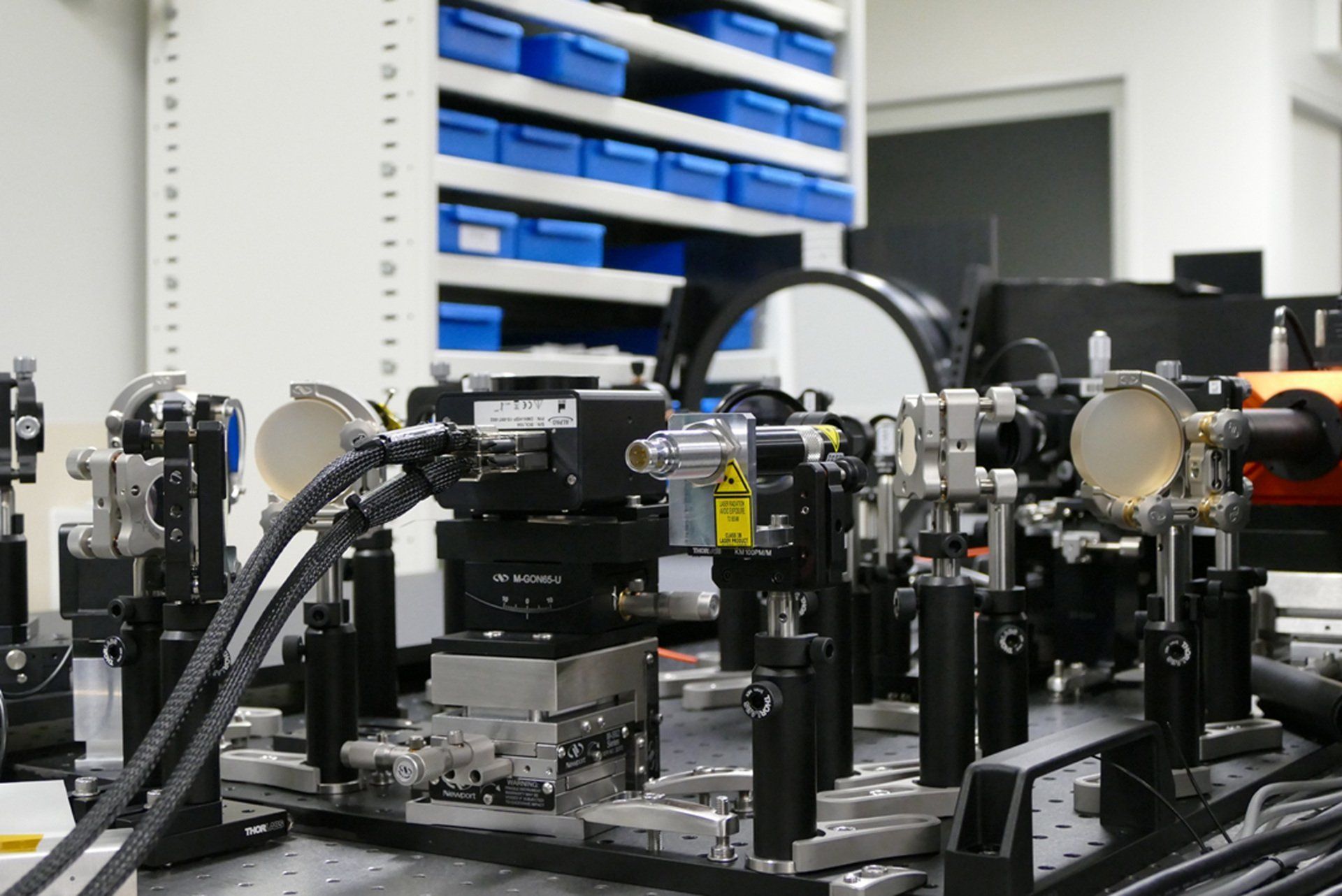Case Study
Guided by the Light - Australia’s 1st Guide Star Laser
The Earth’s atmosphere provides a multitude of functions. It provides oxygen and CO2 to sustain life, it moderates the weather, and it protects us from cosmic radiation. It also distorts our view of the heavens.
This is evident by the apparent twinkling of the stars. Stars don’t actually twinkle; the turbulence of the atmosphere makes them appear to twinkle.
Hot and cold bubbles of air in the atmosphere bend the light as it passes through in much the same way that boiling water in a saucepan bends light making it hard to see the bottom clearly.
Astronomers solved this distortion puzzle by launching telescopes into space. A viable solution but also expensive and limited in size. As technology advanced, astronomers soon realised it was possible to use the light from the star itself as a measure of how turbulent the atmosphere is, and with some sophisticated electronics, deformable mirrors and cameras, correct for the distortion. Effectively taking the twinkle out of the stars.
This works if you have a star in your field of view. But what if there are no stars? Could we create an artificial star? The answer is yes and this is exactly what SERC researchers have done.
To generate an artificial star, SERC researchers have developed a special laser which is shone into the sky. The light from the laser interacts with the upper atmosphere, 90 km above the earth. Sodium atoms in this region of the atmosphere, the mesosphere, absorb the laser radiation and re-emit the light – glowing like a star. This is called a laser guide star and it is used to correct for atmospheric distortion.
...what if there are no stars? Could we create an artificial star? The answer is yes and this is exactly what SERC researchers have done.
The special laser is called a Guide Star Laser (GSL) and this is what SERC researchers have perfected in Research Program 1. Though these lasers are commercially available, they are expensive and applications are restricted by the inventors.
SERC’s GSL is the first Australian designed and built GSL. In a world first, this laser will be used to correct the atmospheric distortion in two directions; from the ground to space and from space to the ground.
The laser has commercial applications beyond space debris in growth areas such as laser communication (between the ground and satellites or deep space probes and back to the ground) and in optical astronomy.




